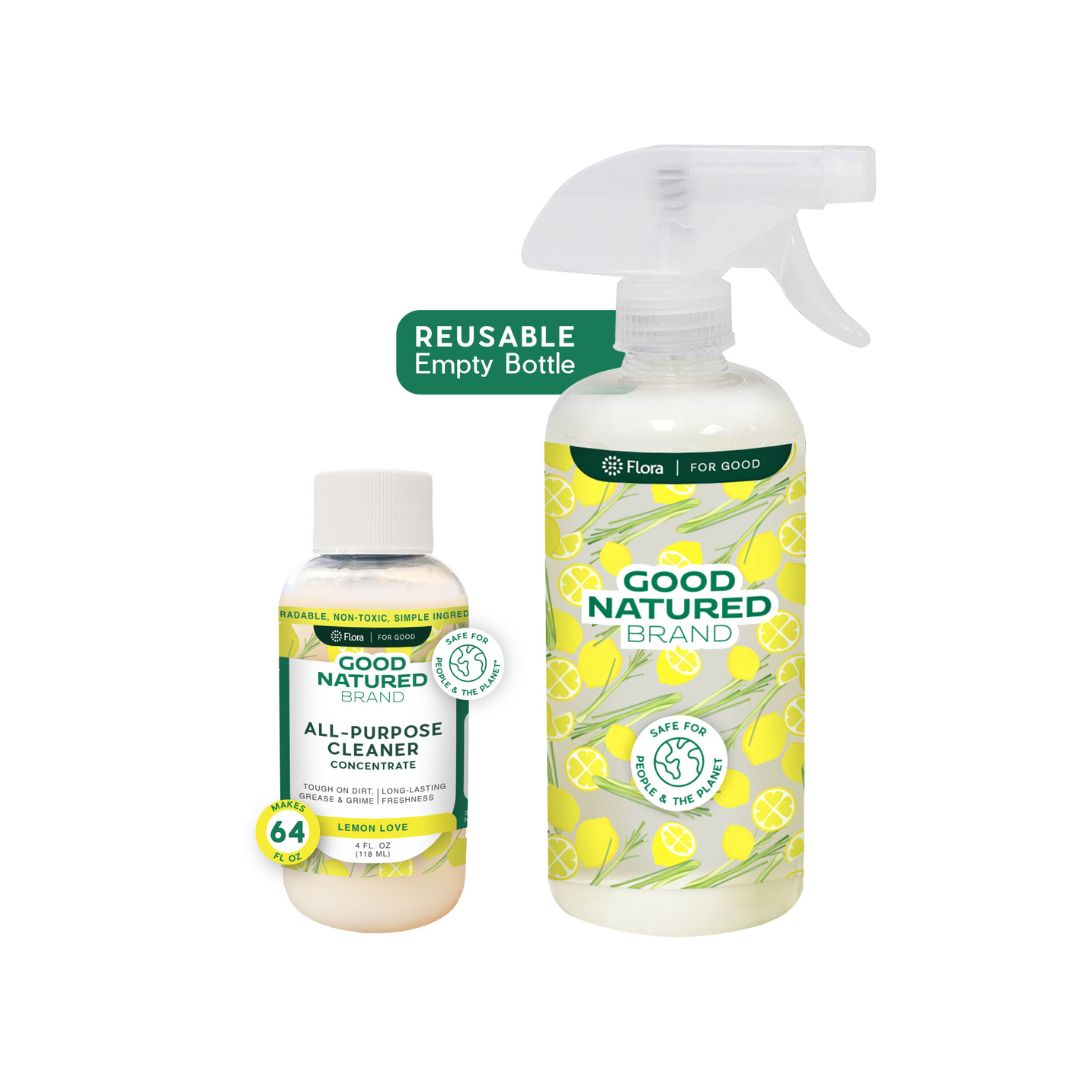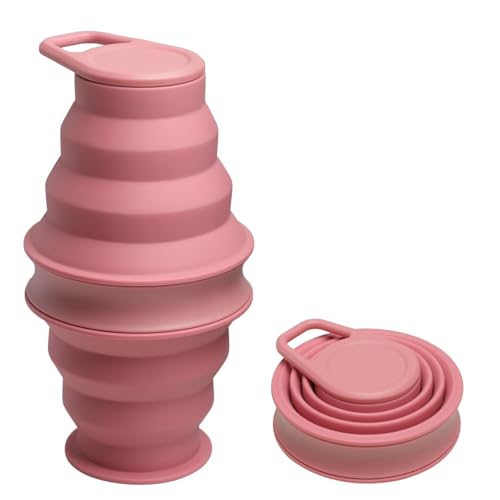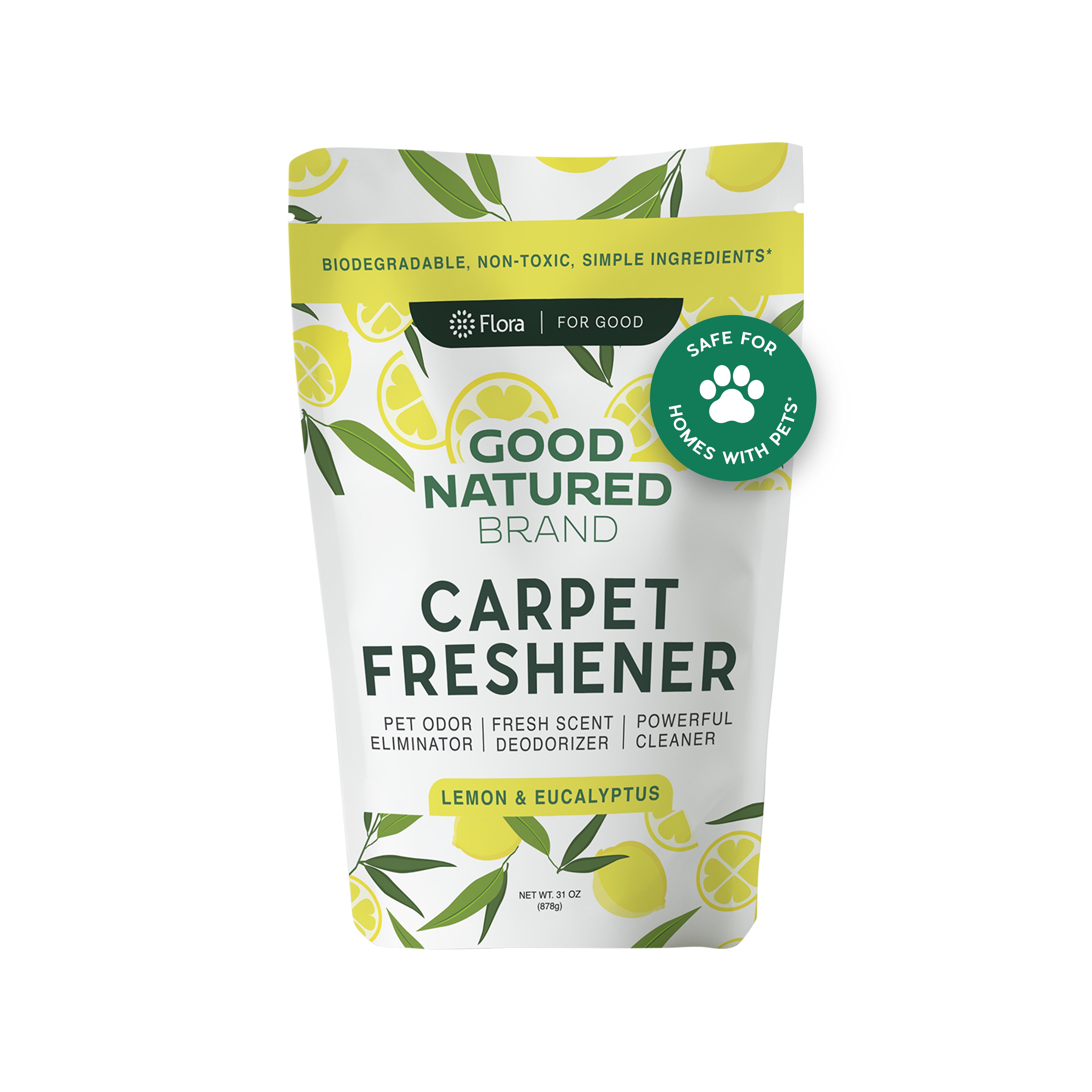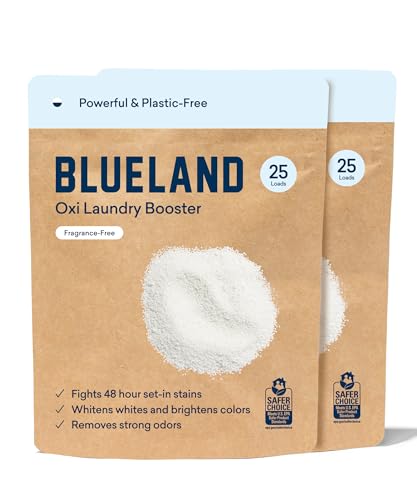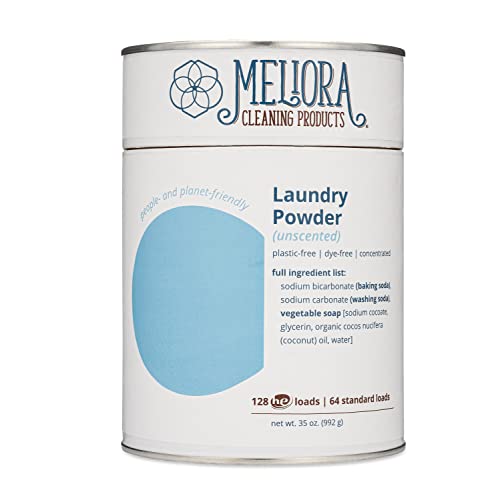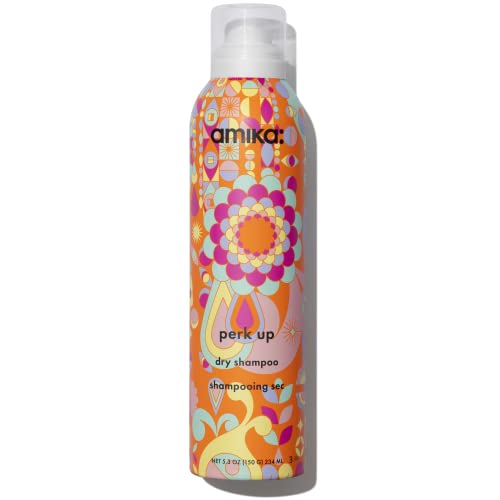
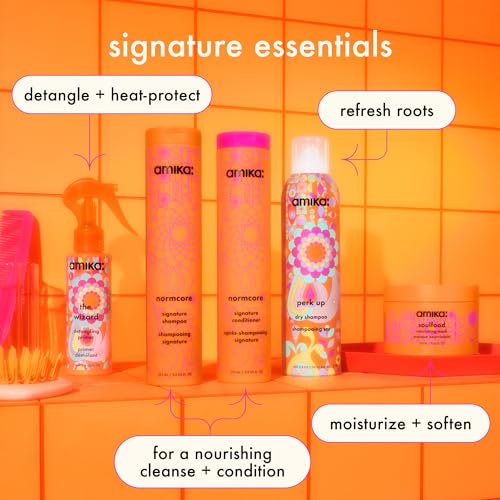
amika Perk Up Dry Shampoo - Volume Boosting, No White Residue, Super Fine Mist - 5.3 oz


Lyral
High RiskLyral is a trade name for a synthetic fragrance ingredient primarily used in cosmetic and personal care products to provide scent. It is known for its floral aroma and is commonly utilized in perfumes, lotions, and household products.
Sustai Insights
Lyral is effective as a fragrance agent, enhancing product appeal. However, it is associated with high allergenic potential, leading to skin reactions in sensitive individuals. Regulatory bodies have imposed significant restrictions on its use due to safety concerns. Environmental risks include potential pollutant status and bioaccumulation. Overall, it poses a high risk, necessitating caution in usage. Alternatives such as natural essential oils may provide safer options.
Butane
High RiskButane is a hydrocarbon commonly used as a propellant in aerosol products and as a fuel source. It exists in gaseous form at room temperature and can be liquefied under pressure, making it effective for various applications in consumer products.
Sustai Insights
Butane serves as an effective propellant and fuel, contributing to product functionality. However, it poses health risks including moderate allergenic potential and low carcinogenic concerns. Environmental risks include high usage restrictions and potential for pollution. Regulatory bodies impose strict guidelines on its use. Overall, butane is assessed as high risk due to these factors, necessitating cautious usage practices and consideration of safer alternatives.
Hydroxycitronellal
High RiskHydroxycitronellal is a common scent ingredient found in various cosmetic and personal care products. It is primarily utilized for its fragrance properties, imparting a floral scent to products. Hydroxycitronellal can also serve as a potential masking agent for undesirable odors.
Sustai Insights
Hydroxycitronellal offers functional benefits as a fragrance component but is associated with high allergenic potential, leading to skin and respiratory sensitivities in some individuals. It poses low risks for carcinogenicity and reproductive toxicity. Environmental concerns include its potential as a pollutant, but it is not notably bioaccumulative. Regulatory bodies have imposed restrictions on its concentration in products due to safety concerns. Overall, the ingredient presents a high-risk profile, particularly concerning allergic reactions, and caution is advised in its use.
Lilial
High RiskLilial (butylphenyl methylpropanal) is a synthetic fragrance ingredient commonly used in personal care and cosmetic products to provide a floral scent. It is known for its aromatic properties and is often included in formulations to enhance sensory appeal.
Sustai Insights
Lilial offers functional benefits as an effective fragrance component, enhancing the sensory experience of products. However, it poses significant health risks, including a high allergenic potential and concerns regarding endocrine disruption, despite lower risks for carcinogenicity and reproductive toxicity. Environmental risks include potential pollution and bioaccumulation. Regulatory bodies have raised concerns, resulting in high usage restrictions. Overall, the assessment indicates a high-risk level, suggesting caution in its use and consideration of safer or more sustainable alternatives.
Citronellol
High RiskCitronellol is a naturally occurring scent ingredient commonly found in various essential oils. It is primarily used for its aromatic properties in perfumes, cosmetics, and household products, contributing to fragrance profiles.
Sustai Insights
Citronellol serves as a fragrance component, enhancing product appeal. However, it has a high allergenic potential, posing risks of skin irritation and sensitization. Environmental concerns include contamination risks. Regulatory bodies have restrictions on its use, emphasizing caution. Overall, citronellol presents a high risk regarding health and safety, warranting careful consideration in product formulations.
Fragrance
High RiskFragrance refers to a mixture of aromatic compounds used in products to provide scent. It is commonly listed as 'fragrance' or 'parfum' on product labels and can serve various functions, including enhancing user experience and masking undesirable odors.
Sustai Insights
Fragrance offers functional benefits by improving product appeal; however, it poses significant health risks, notably a high likelihood of causing allergies and allergic contact dermatitis. Environmental risks include potential pollution and endocrine disruption, though its overall carcinogenicity is low. Regulatory bodies have noted concerns regarding its use, leading to a high-risk classification. Safe usage practices should be observed, and alternatives such as natural essential oils are recommended for those sensitive to synthetic fragrances.
Propane
Medium RiskPropane is a hydrocarbon commonly used as a fuel for heating, cooking, and in industrial applications. It is a colorless gas at room temperature and is often found in pressurized liquid form in canisters or tanks.
Sustai Insights
Propane serves as an effective energy source with low emissions when combusted, making it a practical choice for heating and cooking. However, it poses potential health risks such as moderate allergenic effects and low risks of non-reproductive organ system toxicity. Environmentally, propane is not considered a significant pollutant, but it can contribute to greenhouse gas emissions. Regulatory bodies have not classified it as a carcinogen, but caution is advised regarding its use in confined spaces. Overall, propane is assessed as medium risk, and users should follow safe handling practices. Alternatives like natural gas may offer less environmental impact.
Cyclopentasiloxane
Medium RiskCyclopentasiloxane (cyclomethicone) is a silicone compound commonly used in personal care products for its smoothing and emollient properties. It enhances product spreadability and imparts a silky feel to formulations, making it a popular ingredient in hair and skin care products.
Sustai Insights
Cyclopentasiloxane offers functional benefits such as improving texture and providing a protective barrier on the skin. It is generally recognized as having low health risks, including low potential for carcinogenicity and allergenicity. Environmental concerns are minimal, though its production may raise some pollutant potential. Regulatory bodies do not impose significant restrictions. Overall, it poses a medium risk, necessitating careful usage practices, particularly in sensitive applications, while alternatives like natural oils may offer greener options.
Limonene
Medium RiskLimonene is a scent ingredient and solvent naturally found in citrus fruits, commonly used in personal care and cleaning products for its fragrant properties. It serves as a flavoring agent and enhances the overall sensory experience of products.
Sustai Insights
Limonene offers functional benefits such as acting as a solvent and fragrance enhancer. However, it carries a high allergenic potential, which can trigger skin or respiratory sensitivities in some individuals. Environmental concerns include moderate persistence and bioaccumulation, along with potential ecotoxicity. Regulatory restrictions necessitate verification in products containing this ingredient. Overall, the risk level is assessed as medium, emphasizing the importance of cautious use, particularly for sensitive populations. Safer alternatives may be considered to mitigate these risks.
Phenoxyethanol
Medium RiskPhenoxyethanol is a preservative used in cosmetics and personal care products to prevent microbial growth and extend shelf life. It is commonly found in formulations such as lotions, creams, and serums.
Sustai Insights
Phenoxyethanol serves effectively as a preservative, ensuring product stability and safety by inhibiting microbial growth. It is considered to have low health risks regarding carcinogenicity, allergies, and reproductive toxicity. However, moderate use restrictions exist, and regulatory bodies have advised caution in specific applications. Environmental concerns include its potential as a pollutant, although it is not highly bioaccumulative. Overall, the ingredient presents a medium risk level, with safe usage practices recommended and alternative preservatives available for those seeking greener options.
Disteardimonium Hectorite
Low RiskDisteardimonium hectorite is a cosmetic ingredient primarily used as a thickener and emulsifier. It helps stabilize formulations and improve texture, often found in creams and lotions. This clay mineral is derived from hectorite and is notable for its ability to enhance product consistency without altering other properties.
Sustai Insights
Disteardimonium hectorite serves effectively as a thickening agent, contributing to the stability and texture of cosmetic formulations. Its health risk profile indicates low concerns for carcinogenicity, allergies, and reproductive toxicity. Environmentally, it does not significantly contribute to pollution or bioaccumulation, and it is generally recognized as safe by regulatory bodies. Overall, the ingredient presents a low risk, making it a suitable choice in cosmetic applications. For those seeking alternatives, other natural thickeners may be considered.
Hippophae Rhamnoides (Sea Buckthorn) Extract
Low RiskHippophae rhamnoides extract is derived from the sea buckthorn plant, known for its rich nutrient profile, including vitamins, fatty acids, and antioxidants. It is commonly used in cosmetic and personal care products for its potential skin benefits, such as hydration and nourishment.
Sustai Insights
Hippophae rhamnoides extract offers functional benefits like enhancing skin hydration and providing antioxidant properties. It is sustainably sourced and generally considered low risk for health concerns, including carcinogenicity and allergies. Environmental impacts are minimal, with no evidence of bioaccumulation or pollution. Regulatory bodies have not issued any significant warnings. Overall, the risk level associated with this ingredient is low, making it a suitable choice for various applications.
Sd Alcohol 40 B
Low RiskSpecially denatured (SD) alcohol is a mixture of ethanol and denaturants, primarily used in cosmetic products as a solvent, preservative, and to enhance product penetration. It is commonly found in formulations for its ability to dissolve other ingredients and improve the overall texture and application of the product.
Sustai Insights
SD alcohol 40 B is effective as a solvent and preservative, facilitating ingredient compatibility and product stability. It is generally considered low risk for carcinogenicity, allergies, and non-reproductive organ toxicity. However, it may pose low to moderate risks regarding developmental and reproductive toxicity. Environmentally, it is not classified as a significant pollutant and has a low bioaccumulation potential. Regulatory bodies do not impose restrictions on its use, supporting its safety in cosmetics. Safe usage practices should be observed, and alternatives like non-alcoholic solvents could be considered for sensitive formulations. Overall, the ingredient presents a low risk profile.
Oryza Sativa (Rice) Starch
Low RiskOryza sativa (rice) starch is a starch obtained from rice grains, commonly used in cosmetic and personal care products as a thickening agent, filler, or texturizer. It enhances the consistency and stability of formulations without altering their properties significantly.
Sustai Insights
Oryza sativa (rice) starch offers functional benefits as a thickening agent and is often derived from sustainably sourced materials, making it a biodegradable option. Health risks are low, with minimal concerns for carcinogenicity, allergies, or reproductive toxicity. Environmental risks are also low, and regulatory bodies have not imposed significant restrictions. Overall, the ingredient is regarded as low risk, with safe usage practices encouraged. Alternatives may include other plant-based starches, but rice starch is a viable option for various formulations.
Water
Low RiskWater is a clear, colorless liquid essential for various biological processes. It serves as a solvent in formulations, facilitating the dissolution of other ingredients and enhancing product texture and application. Additionally, water plays a crucial role in hydration and is a key component in many cosmetic and personal care products.
Sustai Insights
Water is an effective solvent and hydrator, contributing to the texture and efficacy of formulations. It is biodegradable and generally regarded as safe, with low concerns regarding carcinogenicity, allergies, and reproductive toxicity. However, excessive water usage can lead to environmental concerns, particularly regarding resource depletion. Regulatory bodies do not impose restrictions on water use in cosmetics. Overall, the risks associated with water are low, making it a safe and essential ingredient.
Lyral
High RiskLyral is a trade name for a synthetic fragrance ingredient primarily used in cosmetic and personal care products to provide scent. It is known for its floral aroma and is commonly utilized in perfumes, lotions, and household products.
Sustai Insights
Lyral is effective as a fragrance agent, enhancing product appeal. However, it is associated with high allergenic potential, leading to skin reactions in sensitive individuals. Regulatory bodies have imposed significant restrictions on its use due to safety concerns. Environmental risks include potential pollutant status and bioaccumulation. Overall, it poses a high risk, necessitating caution in usage. Alternatives such as natural essential oils may provide safer options.
Disteardimonium Hectorite
Low RiskDisteardimonium hectorite is a cosmetic ingredient primarily used as a thickener and emulsifier. It helps stabilize formulations and improve texture, often found in creams and lotions. This clay mineral is derived from hectorite and is notable for its ability to enhance product consistency without altering other properties.
Sustai Insights
Disteardimonium hectorite serves effectively as a thickening agent, contributing to the stability and texture of cosmetic formulations. Its health risk profile indicates low concerns for carcinogenicity, allergies, and reproductive toxicity. Environmentally, it does not significantly contribute to pollution or bioaccumulation, and it is generally recognized as safe by regulatory bodies. Overall, the ingredient presents a low risk, making it a suitable choice in cosmetic applications. For those seeking alternatives, other natural thickeners may be considered.
Propane
Medium RiskPropane is a hydrocarbon commonly used as a fuel for heating, cooking, and in industrial applications. It is a colorless gas at room temperature and is often found in pressurized liquid form in canisters or tanks.
Sustai Insights
Propane serves as an effective energy source with low emissions when combusted, making it a practical choice for heating and cooking. However, it poses potential health risks such as moderate allergenic effects and low risks of non-reproductive organ system toxicity. Environmentally, propane is not considered a significant pollutant, but it can contribute to greenhouse gas emissions. Regulatory bodies have not classified it as a carcinogen, but caution is advised regarding its use in confined spaces. Overall, propane is assessed as medium risk, and users should follow safe handling practices. Alternatives like natural gas may offer less environmental impact.
Butane
High RiskButane is a hydrocarbon commonly used as a propellant in aerosol products and as a fuel source. It exists in gaseous form at room temperature and can be liquefied under pressure, making it effective for various applications in consumer products.
Sustai Insights
Butane serves as an effective propellant and fuel, contributing to product functionality. However, it poses health risks including moderate allergenic potential and low carcinogenic concerns. Environmental risks include high usage restrictions and potential for pollution. Regulatory bodies impose strict guidelines on its use. Overall, butane is assessed as high risk due to these factors, necessitating cautious usage practices and consideration of safer alternatives.
Hippophae Rhamnoides (Sea Buckthorn) Extract
Low RiskHippophae rhamnoides extract is derived from the sea buckthorn plant, known for its rich nutrient profile, including vitamins, fatty acids, and antioxidants. It is commonly used in cosmetic and personal care products for its potential skin benefits, such as hydration and nourishment.
Sustai Insights
Hippophae rhamnoides extract offers functional benefits like enhancing skin hydration and providing antioxidant properties. It is sustainably sourced and generally considered low risk for health concerns, including carcinogenicity and allergies. Environmental impacts are minimal, with no evidence of bioaccumulation or pollution. Regulatory bodies have not issued any significant warnings. Overall, the risk level associated with this ingredient is low, making it a suitable choice for various applications.
Hydroxycitronellal
High RiskHydroxycitronellal is a common scent ingredient found in various cosmetic and personal care products. It is primarily utilized for its fragrance properties, imparting a floral scent to products. Hydroxycitronellal can also serve as a potential masking agent for undesirable odors.
Sustai Insights
Hydroxycitronellal offers functional benefits as a fragrance component but is associated with high allergenic potential, leading to skin and respiratory sensitivities in some individuals. It poses low risks for carcinogenicity and reproductive toxicity. Environmental concerns include its potential as a pollutant, but it is not notably bioaccumulative. Regulatory bodies have imposed restrictions on its concentration in products due to safety concerns. Overall, the ingredient presents a high-risk profile, particularly concerning allergic reactions, and caution is advised in its use.
Sd Alcohol 40 B
Low RiskSpecially denatured (SD) alcohol is a mixture of ethanol and denaturants, primarily used in cosmetic products as a solvent, preservative, and to enhance product penetration. It is commonly found in formulations for its ability to dissolve other ingredients and improve the overall texture and application of the product.
Sustai Insights
SD alcohol 40 B is effective as a solvent and preservative, facilitating ingredient compatibility and product stability. It is generally considered low risk for carcinogenicity, allergies, and non-reproductive organ toxicity. However, it may pose low to moderate risks regarding developmental and reproductive toxicity. Environmentally, it is not classified as a significant pollutant and has a low bioaccumulation potential. Regulatory bodies do not impose restrictions on its use, supporting its safety in cosmetics. Safe usage practices should be observed, and alternatives like non-alcoholic solvents could be considered for sensitive formulations. Overall, the ingredient presents a low risk profile.
Oryza Sativa (Rice) Starch
Low RiskOryza sativa (rice) starch is a starch obtained from rice grains, commonly used in cosmetic and personal care products as a thickening agent, filler, or texturizer. It enhances the consistency and stability of formulations without altering their properties significantly.
Sustai Insights
Oryza sativa (rice) starch offers functional benefits as a thickening agent and is often derived from sustainably sourced materials, making it a biodegradable option. Health risks are low, with minimal concerns for carcinogenicity, allergies, or reproductive toxicity. Environmental risks are also low, and regulatory bodies have not imposed significant restrictions. Overall, the ingredient is regarded as low risk, with safe usage practices encouraged. Alternatives may include other plant-based starches, but rice starch is a viable option for various formulations.
Lilial
High RiskLilial (butylphenyl methylpropanal) is a synthetic fragrance ingredient commonly used in personal care and cosmetic products to provide a floral scent. It is known for its aromatic properties and is often included in formulations to enhance sensory appeal.
Sustai Insights
Lilial offers functional benefits as an effective fragrance component, enhancing the sensory experience of products. However, it poses significant health risks, including a high allergenic potential and concerns regarding endocrine disruption, despite lower risks for carcinogenicity and reproductive toxicity. Environmental risks include potential pollution and bioaccumulation. Regulatory bodies have raised concerns, resulting in high usage restrictions. Overall, the assessment indicates a high-risk level, suggesting caution in its use and consideration of safer or more sustainable alternatives.
Cyclopentasiloxane
Medium RiskCyclopentasiloxane (cyclomethicone) is a silicone compound commonly used in personal care products for its smoothing and emollient properties. It enhances product spreadability and imparts a silky feel to formulations, making it a popular ingredient in hair and skin care products.
Sustai Insights
Cyclopentasiloxane offers functional benefits such as improving texture and providing a protective barrier on the skin. It is generally recognized as having low health risks, including low potential for carcinogenicity and allergenicity. Environmental concerns are minimal, though its production may raise some pollutant potential. Regulatory bodies do not impose significant restrictions. Overall, it poses a medium risk, necessitating careful usage practices, particularly in sensitive applications, while alternatives like natural oils may offer greener options.
Citronellol
High RiskCitronellol is a naturally occurring scent ingredient commonly found in various essential oils. It is primarily used for its aromatic properties in perfumes, cosmetics, and household products, contributing to fragrance profiles.
Sustai Insights
Citronellol serves as a fragrance component, enhancing product appeal. However, it has a high allergenic potential, posing risks of skin irritation and sensitization. Environmental concerns include contamination risks. Regulatory bodies have restrictions on its use, emphasizing caution. Overall, citronellol presents a high risk regarding health and safety, warranting careful consideration in product formulations.
Water
Low RiskWater is a clear, colorless liquid essential for various biological processes. It serves as a solvent in formulations, facilitating the dissolution of other ingredients and enhancing product texture and application. Additionally, water plays a crucial role in hydration and is a key component in many cosmetic and personal care products.
Sustai Insights
Water is an effective solvent and hydrator, contributing to the texture and efficacy of formulations. It is biodegradable and generally regarded as safe, with low concerns regarding carcinogenicity, allergies, and reproductive toxicity. However, excessive water usage can lead to environmental concerns, particularly regarding resource depletion. Regulatory bodies do not impose restrictions on water use in cosmetics. Overall, the risks associated with water are low, making it a safe and essential ingredient.
Limonene
Medium RiskLimonene is a scent ingredient and solvent naturally found in citrus fruits, commonly used in personal care and cleaning products for its fragrant properties. It serves as a flavoring agent and enhances the overall sensory experience of products.
Sustai Insights
Limonene offers functional benefits such as acting as a solvent and fragrance enhancer. However, it carries a high allergenic potential, which can trigger skin or respiratory sensitivities in some individuals. Environmental concerns include moderate persistence and bioaccumulation, along with potential ecotoxicity. Regulatory restrictions necessitate verification in products containing this ingredient. Overall, the risk level is assessed as medium, emphasizing the importance of cautious use, particularly for sensitive populations. Safer alternatives may be considered to mitigate these risks.
Fragrance
High RiskFragrance refers to a mixture of aromatic compounds used in products to provide scent. It is commonly listed as 'fragrance' or 'parfum' on product labels and can serve various functions, including enhancing user experience and masking undesirable odors.
Sustai Insights
Fragrance offers functional benefits by improving product appeal; however, it poses significant health risks, notably a high likelihood of causing allergies and allergic contact dermatitis. Environmental risks include potential pollution and endocrine disruption, though its overall carcinogenicity is low. Regulatory bodies have noted concerns regarding its use, leading to a high-risk classification. Safe usage practices should be observed, and alternatives such as natural essential oils are recommended for those sensitive to synthetic fragrances.
Phenoxyethanol
Medium RiskPhenoxyethanol is a preservative used in cosmetics and personal care products to prevent microbial growth and extend shelf life. It is commonly found in formulations such as lotions, creams, and serums.
Sustai Insights
Phenoxyethanol serves effectively as a preservative, ensuring product stability and safety by inhibiting microbial growth. It is considered to have low health risks regarding carcinogenicity, allergies, and reproductive toxicity. However, moderate use restrictions exist, and regulatory bodies have advised caution in specific applications. Environmental concerns include its potential as a pollutant, although it is not highly bioaccumulative. Overall, the ingredient presents a medium risk level, with safe usage practices recommended and alternative preservatives available for those seeking greener options.
Transform your hair routine with amika Perk Up Dry Shampoo, a game-changer for busy lifestyles. This innovative formula ensures a fresh, clean look without any white residue, making it perfect for on-the-go refreshment.
- Invisible Finish: Achieve a freshly washed appearance without the white residue; simply spray, wait, and massage for maximum effect.
- Rice Starch Power: Enriched with rice starch, this dry shampoo effectively revitalizes your hair's volume and texture, outperforming traditional aluminum starch formulas.
- Super Fine Mist: Enjoy a lightweight, layerable application with no itch or gunk; say goodbye to the dreaded 'dry shampoo head'.
- Convenient Use: Perfect for busy mornings or post-workout touch-ups, this dry shampoo seamlessly fits into your daily routine, keeping your hair looking its best.
- Eco-Conscious Choice: Amika is committed to sustainability, using thoughtful ingredients that honor both your hair and the planet, empowering you to make healthier choices.
Subscribe & Save with Sustai
- Best Price Guarantee: Always enjoy the lowest prices on sustainable home essentials.
- No Surprises: We’ll notify you before shipping. No hidden fees, ever.
- You’re in Charge: Change, pause, or cancel your subscription anytime with ease.
- Eco-Friendly Deliveries: Our grouped shipments mean less packaging and lower emissions.
Join us on a sustainable journey. Special offers for a limited time! Prices and promotions may change.
Recommended Products
Transform your hair routine with amika Perk Up Dry Shampoo, a game-changer for busy lifestyles. This innovative formula ensures a fresh, clean look without any white residue, making it perfect for on-the-go refreshment.
- Invisible Finish: Achieve a freshly washed appearance without the white residue; simply spray, wait, and massage for maximum effect.
- Rice Starch Power: Enriched with rice starch, this dry shampoo effectively revitalizes your hair's volume and texture, outperforming traditional aluminum starch formulas.
- Super Fine Mist: Enjoy a lightweight, layerable application with no itch or gunk; say goodbye to the dreaded 'dry shampoo head'.
- Convenient Use: Perfect for busy mornings or post-workout touch-ups, this dry shampoo seamlessly fits into your daily routine, keeping your hair looking its best.
- Eco-Conscious Choice: Amika is committed to sustainability, using thoughtful ingredients that honor both your hair and the planet, empowering you to make healthier choices.

You can have at most 2 Sustainable Steals products in your cart
Customer Reviews
Customers’ View
Customers express strong satisfaction with the effectiveness of Amika's Invisible Dry Shampoo, particularly appreciating its ability to absorb oil without leaving a white residue. Many users highlight that it blends seamlessly, even with dark hair, making it a preferred choice for those seeking a natural look. The pleasant fragrance is frequently mentioned as a key benefit, enhancing the overall user experience. Additionally, its clean ingredient profile resonates with health-conscious consumers looking for safer hair care options. While some users noted a sensitivity to the scent over time, the product remains a go-to solution for extending time between washes. Overall, customers find this dry shampoo effective and aligned with their preference for high-quality, eco-friendly personal care products.
AI-generated from the text of customer reviewsThis product has no reviews yet.
